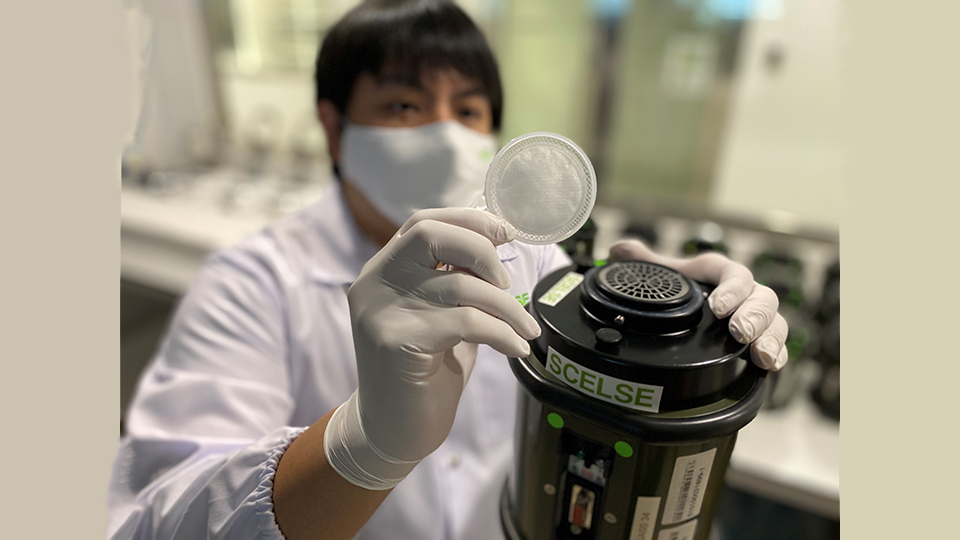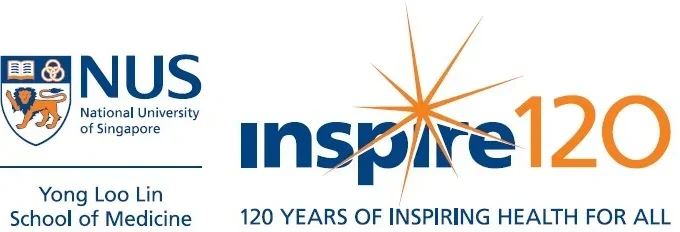Singapore research team uses indoor air sampling surveillance to sniff out COVID-19
Published: 08 Oct 2021

Photo Credit: SCELSE
A team of scientists and doctors from the Singapore Centre for Environmental Life Sciences Engineering (SCELSE) at Nanyang Technological University, Singapore (NTU Singapore) and the NUS Yong Loo Lin School of Medicine has developed a capability to detect airborne SARS-CoV-2 RNA – the nucleic acid coding for the virus that causes COVID-19 – indoors through air sampling.
When trialled in two inpatient wards of a major Singaporean hospital caring for active COVID-19 patients the air surveillance approach produced a higher detection rate of environmental SARS-CoV-2 RNA compared to surface swab samples collected in the same area.
The COVID-19 Delta variant’s rapid spread in Singapore and globally underlines the need for rapid identification of the presence of SARS-CoV-2 in the environment. While wastewater testing is a reliable indicator of the presence of virus in sewage discharge, the retrospective nature of this approach means pre-emptive action is not possible.
The findings, described in a study published in Indoor Air on 14 Sept, indicate the potential for an airborne surveillance system that monitors for the presence of the virus and provides early warning of infection risks, which would be especially valuable in hospitals and nursing homes, and in enclosed places where large numbers of people congregate, said the research team.
More details can be found in the press release here.
News Coverage
- “Singapore uses indoor air sampling surveillance to sniff out COVID-19”, BioSpectrum Asia, 8 October 2021
- “NUS, NTU scientists and doctors develop new way to detect COVID-19 viral RNA in the air”, Channel NewsAsia Digital, 8 October 2021
- “Singapore Tonight: Indoor Air Sampling”, Channel NewsAsia, 8 October 2021
- “1点新闻 10月8日”, Channel 8 News, 8 October 2021
- “本地科研团队研发新系统 能测出室内空气是否带有冠病病毒”, Lianhe Zaobao, 8 October 2021
- “研究:室内空气监测设备 更准确测冠病病毒”, Shin Min Daily News, Page 4, 8 October 2021
- “Air sampling surveillance could give early warning of Covid-19 infection risks in hospitals, nursing homes: Researchers”, The Straits Times, 8 October 2021
- “The Big Story: S’pore, South Korea to allow quarantine-free travel from Nov 15 for those vaccinated against Covid-19”, The Straits Times, 8 October 2021

